As an Amazon Associate I earn from qualifying purchases.
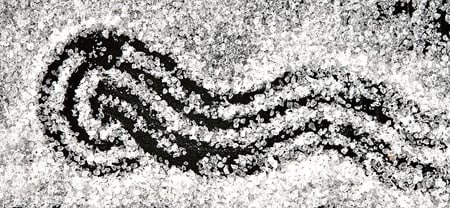
Salt is salt, right? Well, yes and no — especially when it comes to finishing a dish.
For most of my cooking life, I was of the opinion that all salt was the same. Then I began pickling things and making charcuterie, and I learned that most table salt contains iodide and anti-caking agents that will impart an off taste to preserved food. So I switched to kosher salt and left it at that.
All this talk about flavors in salt, that one is so much better than the next left a bad taste in my mouth. The descriptions of these Gucci salts sounded like parodies of bad wine reviews. “Delicately fun, sprightly and reminiscent of candy corn and hay.” Fer chrissake people, salt is sodium chloride! Do you reallymean to tell me that your sodium chloride tastes better than mine? Sheesh.
Then, one day, my friends began giving me fancy salts — probably as a joke. The first one I received was salish, a smoked salt from the Pacific Northwest that was so strong even a few grains would add smoke flavor to a dish. More than a few grains will make food taste like the inside of a barbecue. I reckon it will take me a lifetime to go through my 9-ounce jar. But still, I was intrigued by what those few grains could do. I could now add smoke flavor to otherwise delicate foods, without having to fire up my smoker.
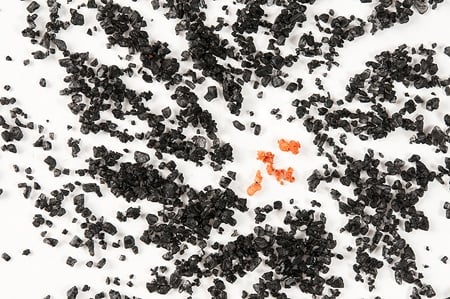
My next salts were Hawaiian, a black lava salt and one mixed with and orangey-red clay called alaea. These salts don’t taste much different from regular salt, but I like their ability to add interest and color to a plate: Both salts look great on contrasting food, especially white food. A little bright red alaea or black salt on a white cream sauce looks very cool.
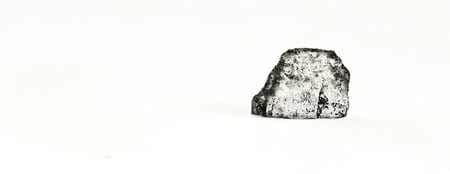
I also noticed something else about these Hawaiian salts: They were harder than regular salt, so they stayed crunchy longer.
I was perfectly happy with my little salt collection until I opened a book by Mark Bitterman called Salted: A Manifesto on the World’s Most Essential Mineral. I’d met Mark before, in Portland, where he runs a remarkable shop called The Meadow. The Meadow is home to perhaps the world’s greatest collection of salts, and Bitterman’s book is both a walk through these salts and is a call to arms for cooks to take this element more seriously in the kitchen.
Apparently what I did not know about salt could indeed fill a book, and I read Bitterman’s tome from cover to cover. Afterwards, I immediately bought several more salts to play with:
- A French fleur de sel de Camargue, which was wet and coarse
- Sel Gris, which is another French coarse sea salt that is slightly gray from clay deposits
- An Italian fiore di sale which is a fine-grained fancy finishing salt
- A salt lightly smoked with wood from Chardonnay wine barrels
- A pink flake salt, whose grains looked like little pyramids
- And a large container of fine-grain sea salt from Trapani, in southern Italy. Bitterman said this is a good everyday salt to replace kosher.
I messed around with all these salts for several months. Having done so, I have become a convert to Bitterman’s way of thinking. Salt matters. A lot.
Yes, it is true that sodium chloride is roughly 98 percent of all salts. But that 2 percent cancreate discernible differences in flavor. Bitterman does get carried away with his descriptions of the various salts — he describes the smoked Chardonnay salt as having a flavor that is “oak with grass and spice.” Uh, not so sure about that. But it is a wonderfully subtle smoked salt that I find far more useful tool than the salish, which is a sledgehammer.
As for that fiore di sale from Cervia, Bitterman says it is sweet and almost fruity — and I have to say I agree with him. Frankly, I was shocked to pick up something other than saltiness in an unflavored salt. Something in this Italian salt that is not sodium chloride is giving it this flavor. What it is, I don’t know, but fiore di sale from Cervia has become my go-to salt for fancy or delicate dishes.
Bitterman’s book includes another revelation: The importance of water in your salt. Yes, water. Good salt, apparently, has a relatively high water content. Several of the salts I received from The Meadow were practically slushy. Water content matters because without it, the salt attacks the surface moisture of the foods its put on and dries them out. This is great with charcuterie, but not so great on, say, the skin of a partridge.
Bitterman’s book includes a recipe for salt-crusted partridge, bless his heart, so I decided to conduct an experiment: I’d encase one bird in kosher salt, the other in sel gris, as Bitterman suggests.
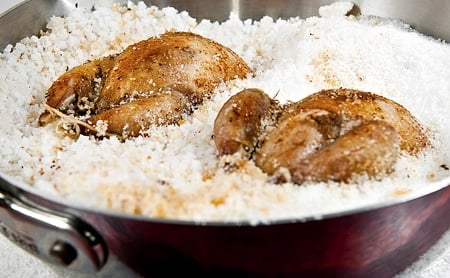
It worked. The bird baked in the sel gris crust came out moister and, oddly, the skin was crispier than the one cooked in kosher salt. It was not wishful thinking, either. The difference was obvious. Now sel gris is not as cheap as kosher salt, but it’s nothing like the expense of a good finishing salt. I reckon the salt crust on the partridge cost me about $2, which isn’t so bad.
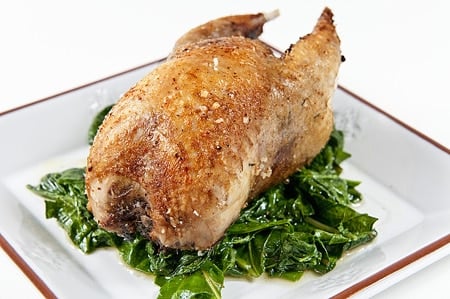
But the varying flavors in all these fancy salts are subtle; I suspect only an expert like Bitterman can discern most of them. Flavor, however, is not the greatest contribution a finishing salt brings to a dish: it’s texture. If I put three different salts, each with a different degree of coarseness, on three identical steaks, you would be amazed at the differences.
- A coarse, crunchy fleur de sel will add a muscular bite to the flavor of the meat. It is primal, and screams of the outdoors.
- Flake salt crackles in your mouth when you eat it, creating the impression of a brittle, crunchy crust on the meat. It’s a little bit more refined a feeling, like remembering campfire eating without actually being outdoors.
- Fine grain sea salt, like the Italian fiore di sale, will rest on your steak like snow on a sunny day. It will offer just the slightest zing of saltiness as it dissolves. This is white-linen dining, folks.
Bitterman offers a salt for every occasion, from salads (flake salts) to fish (Japanese salts) to pork (Hawaiian black lava salt). He even offers some salts to avoid, notably the mass-produced “sea salt” extracted from the salt flats of San Francisco. He describes the flavor as “flat dullness.” As to what foods this salt matches well with? “None.” Ouch.
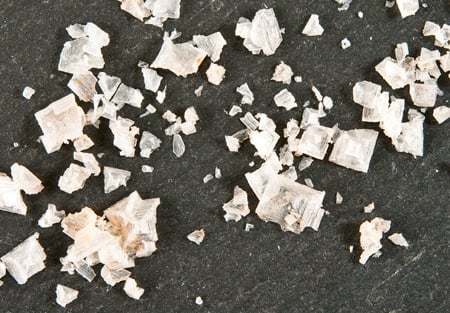
So what’s the bottom line here? Salt is an easy way to elevate your cooking, and every decent cook should have several in the kitchen at all times.
Although Bitterman would cringe, I still recommend using kosher salt when you are using lots of it, such as blanching vegetables or cooking pasta. The exception to that would be when you bake meats or vegetables in salt; then use sel gris.
Use a smoked salt to add a rustic flavor to otherwise fancy dishes. Smoked salt is fantastic with wild game, fatty fish, fried potatoes, even chocolate ice cream. I use two kinds: Salish, for a seriously smoky flavor, and the smoked Chardonnay salt for delicate dishes.
Buy two finishing salts, one coarse and one fine. You can’t go wrong with the fiore di sale from Cervia for a fine salt, and the various French fleur de sels are great for coarse salt.
Finally, I’d have a flake salt kicking around — especially if you are into salads. Maldon Sea Salt is a good choice. This salt will liven up all sorts of leafy greens, and it is wonderful on delicate fish, melons, even foie gras.
Best part? These fancy salts won’t ever go bad, so you can use them for years. After all, salt is just a rock. Remember?
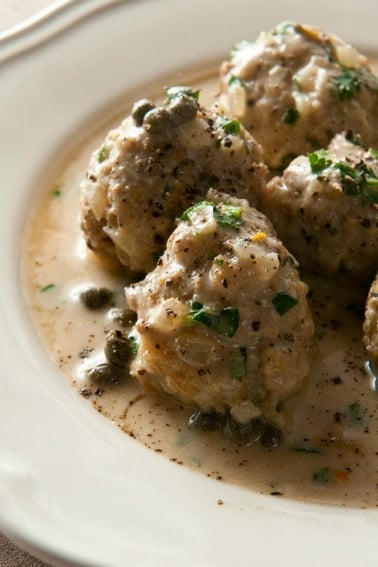
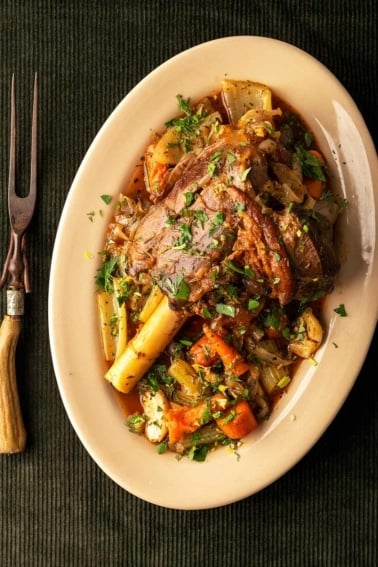
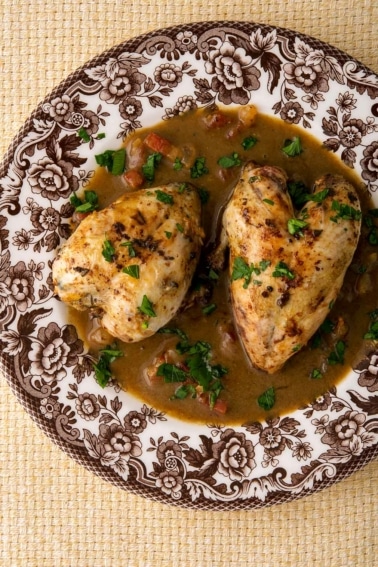
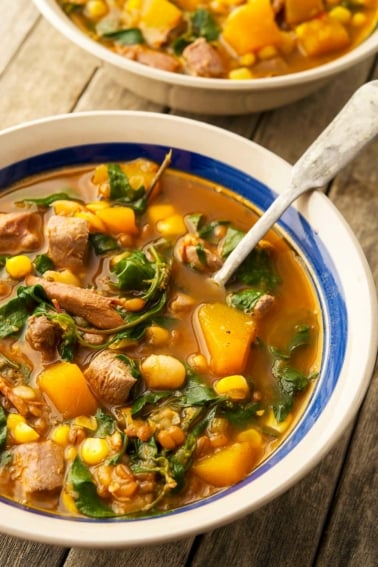
I have a recipe for cookies calling for a finishing salt. Which should I use?
Linda: Maybe try Maldon flake salt?
I know this is so very old, but I do feel like this is worth the wake-up. Maybe this did just hit me at exactly the right time; I still have some insanely positive feedback; I don’t see a point in keeping a lid on it.
Hank, you showed me, via your conscientious practice, how to convince someone of something. Actually, more accurately, in this article you show us how to convince ourselves by walking us through your process of convincing yourself. What I’m saying may be fairly textbook analysis, but the part I love so much is how efficiently you packed in content. I struggle so with teaching; I am way, way too impatient. I hate telling people what I know they already know, just to try to get them to fit the pieces together. You’ve given me a teaching method with which I can live. I’m bookmarking this article for how artful it is to me. It really is well-crafted.
The other observation I have is that 2%. It does make a difference. I’m still searching for something, anything, in which it doesn’t. This might seem obvious given my choice of words, but that’s why I used them: I was raised in a markedly unrefined social environment, and it is exactly this point that made it so. Bothering to observe the influence (or lack) of seemingly little things we hadn’t before noticed is the crux of learning, of being civilized. (I’m on the challenge of not driving myself nuts in a society that churns out fast decisions like Chinese party decorations. Wish me luck….)
I’m celebrating salt in a really big way; thank you Hank!
This year I received a gift from a friend who owns a home in Portland, it was a collection of 4 finishing salts from The Meadow, the only problem is that they were not labled, so, while I have enjoyed playing with them, finishing everything from duck to filet mignon with them I wouldn’t know how to order more. so I guess it will require a visit to Mr. Bitterman later this year. Darn, lol.
Wow- Adam perry lang introduced me to the concept of finishing salts in his book “charred and Scruffed”- this reiterates why all salts are not created equal and why finishing salts can make a good meal great. Thank you for sharing!!!
Great article!
I was looking up “what is finishing salt?” and this article came up. Well written and great information.
Thank you
Bought a bottle of Mediterranean sea salt years back, tasted it, cooked with it and never went back. I use Hawaiian salt and alea( since i do live in Hawaii lol), but mostly for poke (raw fish dish) and things like that. But these other salts – its just amazing, the subtle and bold flavors, its like discovering a new fine wine or something lol. Must find some of that smoked salt!!
Great article, thanks for sharing!
I’ve recently become a salt enthusiast. I was introduced to RealSalt from Utah…from then on I knew that table salt would never suffice again. I’ve since found Celtic to be the absolute best. It feels like the ocean in my mouth. Table salt now tastes bland – like a McDonald’s french fry.
Lately i’ve been broke and using $2 Italian sea salt from BigLots. It feels like a lower quality version of Celtic and it doesn’t get “wet”. I’m very pleased for the price.
The sea salt sold in most grocery stores tends to be refined from what I read. Meaning – all trace minerals removed. Also, yellow prussiate of soda is Sodium ferrocyanide. this means it is similar to cyanide? It’s an anti- clumping agent found in grocery store salt. Completely non-toxic, but creepy nonetheless.
I’m sending this article to a long time friend who thinks salt is salt. Period. I first discovered the flavors of salt when we visited southern France and bought some fleur de sel de Camargue, right from the source. When I ran out a few years later, the friend I had traveled with bought me some as a present and we were both surprised to open it, sniff, and smell the sea. Since that first introduction, I’ve tried many others, and the holiday exchange of salt has become a tradition that adds spice to our lives.
Great article Himalayan salt has become my go to salt and sparked my interest in trying different types of salt. I do find that the quality of a salt requires less quantity to flavor your dish.
hank,
loved the post! please don’t take the long comment as a sermon for the ministry of salt. i recently became a purveyor of artisan sea salts, ultra premium peppercorns & organic cane sugars. we are the only source in arizona and online for the purchase of these artisan salts, cane sugars and peppercorns by the ounce (a salt bar). this approach allows many who may not be willing to invest in a couple hundred dollars worth of salt, to try as many as 8 different salts for as little as $21 plus shipping. for those new to sea salt as a flavor enhancer, that’s a great place to start!
unlike the meadow, we do not have a retail space. we are only available at local farmers markets in arizona and do a great deal of educating along with the sampling and salt tasting we do. we tell perspective buyers that it’s much like a wine tasting and that “happiness is just a lick away”.
for me too, bitterman’s book has been an insightful addition to what i thought i already knew. i am still intrigued by the many who feel like “pricey” salt should be left on the shelf. salt is the least expensive way to improve the flavor profile of any meal. yes, solid cooking must be at the foundation, but its likely the foodie who will most appreciate the subtle nuances. as for my kosher salt, i was thinking i might send it to family back east this winter so that they can use it to melt the ice off the driveway. not because the flavor of the artisan salts is more desirable, primarily because salt without mineral content is not. its the inclusion of those “additives” as some call them, that make the most significant difference as you have noted with the fiore. but its more than just flavor that is affected.
if you have ever kept a salt water aquarium, you know that you cannot use table or kosher salt to mix your “salt” water. if you do, the fish will die in no more than two to three days. they need the approximately 2% mineral content to help process the sodium chloride. even more interesting is the fact that fish physiology and human physiology are not that different when it comes to our ability to process salt. we too need the minerals. and as for the anti-caking agents….they are all aluminum derivatives. ask your local alzheimer’s authority about the link between that disease and aluminum.
keep experimenting, the door has only just opened! sou-vide butternut squash was a new one for me….
best regards,
aaron eckburg
co-founder
golbsalt.com
Excellent post, Hank. I was once a nay-sayer, even after hearing similar thoughts from other cooks. It wasn’t until I had crostini with fresh ricotta and a fruity olive oil sprinkled with Himalayan pink sea salt that I saw the beauty and the taste a special salt can bring to a dish. So simple yet such a change in the presentation and the taste of the dish.
This was such a cool article to read… It’s true, there are so many types of sea salts out there, and it can be difficult to distinguish between the ones that are worth the higher price and those that aren’t. Question for you: since sea salt doesn’t contain the same amount of iodine as the commercial varieties we all grew up with, replacing that iodine can be tricky if you don’t eat enough of the vegetables and fishes that contain it. What do you think of a sea salt blend that has dulse (aka Sea Lettuce) flakes in it, as a way to supplement that iodine?
Thanks for the great article. I recently tried a recipe for salted pumpkin caramels that used fleur de sel and I was shocked at how spectacular these came out. Everyone started with Ewwww and switched to raves after trying them. The salt made all the difference. I am going to try the sel gris next. 🙂
Never tried bamboo salt myself, but I think its supposed to taste sulfuric. It is famous in my home country of Korea. I think I will try some from atthemeadow.com you recommend.
Thanks.
https://www.atthemeadow.com/shop/index.php?main_page=product_info&cPath=1_28_131&products_id=666
Dan: Nope. How is it different?
Sten: Volcanic clay makes the black salt black.
Mike: You got it right – salts can alter a dish, but they are not so transformative as some people say. With two equally prepared dishes, the one with the better choice of salt (texture, color, etc) will win approval with the diners. But it is no substitute for solid cooking.
Eric: VERY cool! Always wanted to make some salt. I know some people in the Pacific NW who do it.
Salanth: I get Canada geese from the sky. (See the first word in this blog’s title for further explanation)
Swamp Thing: I’ve read both books, and both are excellent! Yep, actual flavor differences not attributable to texture will definitely be those “impurities.”
“Salt” by Mark Kurlansky, is a classic, although verrrrrrrrrrrry long. Also highly recommend his “The Big Oyster,” the story of how NYC was built on the wild oyster fishery.
Good post, and I’ve used a few fancy salts, but my chemistry background (2 years worth in college) keeps me feeling like all the other stuff is just additives/byproduct of whatever the native rock may be. Doesn’t mean it’s not interesting. But yeah, “candy corn and hay.” WTF.
You cook Canada Goose? Where do you get them from?
Great article, Hank! Thanks so much for sacrificing your own arteries to taste test a bunch of different salts for all of us! I really appreciate the info. and also your recomendations. And WOW… Holly’s salt pictures are fantastic!!!